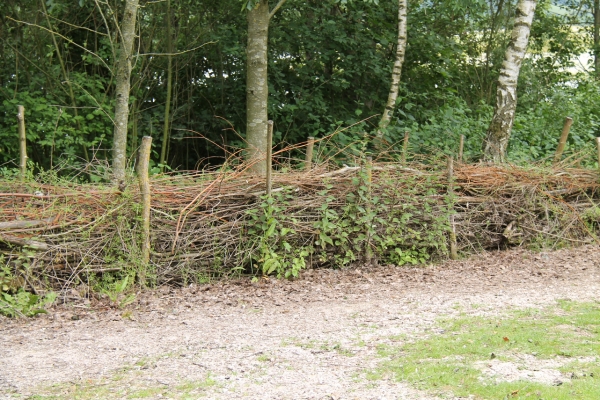
New study confirms shooting is good for woodland and hedges
New research commissioned by BASC shows shooting has substantial benefits for our landscapes at the national scale.
Get information on the legal shooting season for mammals and birds in the UK.
Apply for funding for your project or make a donation today
Comprehensive information and advice from our specialist firearms team.
Everything you need to know about shotgun, rifle and airgun ammunition.
Find our up-to-date information, advice and links to government resources.
Everything you need to know on firearms law and licensing.
All the latest news and advice on general licences and how they affect you.
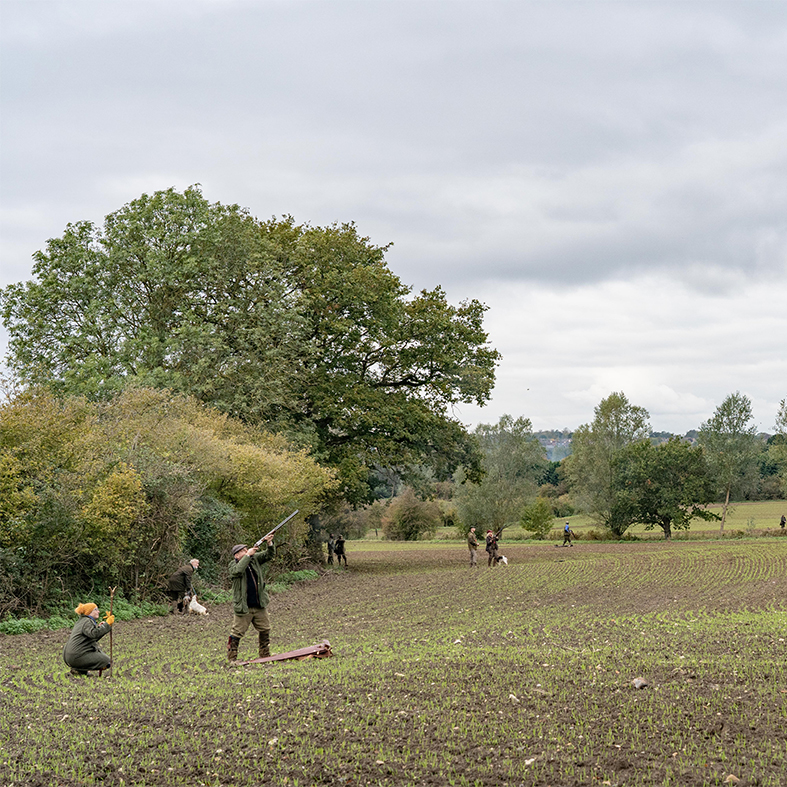

BASC’s head of biodiversity Ian Danby explains why the latest announcement from the Welsh Government is a triple-win for shooting, farming and nature recovery.
The Welsh Government has released more details on its upcoming Sustainable Farming Scheme (SFS), due to launch in January 2026. Although the scheme is supportive of shooting, a major concern lies in the reduction of the Basic Payment Scheme (BPS).
The plan was to reduce BPS by 20 per cent annually, starting in 2025 with the launch of SFS. However, SFS has now been delayed by a year and it was expected that the first reduction to BPS would still be 20 per cent.
Instead, the Welsh Government has now stated that BPS will be reduced by 40 per cent in 2026, which could significantly impact farmer participation.
BASC has actively worked with the Welsh Government’s SFS development team from the beginning, providing direct input, evidence and recommendations.
We are pleased to see the team has acted on our advice and has included sustainable shooting practices within the scheme. This provides farmers with an added incentive to participate in SFS and contribute to wider conservation goals.
The SFS explicitly recognises that lawful gamebird releasing and feeding are acceptable when following the Game & Wildlife Conservation Trust (GWCT) best practice guidelines. This is extremely helpful for farms operating shoots or those diversifying into shooting. It also makes clear that game cover crops are eligible to meet the 10 per cent wildlife habitat requirement.
The SFS also flags possible future development areas including deer, grey squirrel and predator management.
The announcement provides assurance that sustainable shooting is compatible with SFS objectives. It will also help farmers meet their SFS requirements and therefore deliver the Welsh Government’s SFS objectives. Overall, the scheme is good news for shooting, farming and nature conservation.
Structure of the scheme
The SFS is built on three layers: Universal, Optional and Collaborative. The latest announcement details the Universal Layer and aspects of the Optional Layer, while outlining future intentions for the Collaborative Layer.
Gamebird management
The scheme does not treat gamebirds as livestock, so they are not caught by regulations applying to farm livestock. This is set out in the Universal Layer requirements for woodland maintenance and the 10 per cent habitat requirements:
Gamebirds are not considered livestock for the purposes of the SFS. Supplementary feeding of gamebirds in line with the Game & Wildlife Conservation Trust (GWCT) Sustainable Gamebird Releasing Guidelines is permitted where birds are lawfully released
This makes it clear to all that sustainable gamebird shooting is acceptable in the SFS.
Cover crops
Game cover crops are specifically included in the type of temporary habit eligible to meet farms’ ten per cent habitat provision requirement:
The mix must be a commercially available multi-species wildlife / game cover crop suitable and appropriate for the location. Retain labels and invoices as supporting evidence at inspection
So, shoots planting game cover are helping farms meet their universal action requirements in the scheme.
Tackling deer and squirrel damage
The woodland maintenance Universal action contains a requirement to monitor deer and grey squirrel damage. Gamekeepers, shoots and deer managers are well placed to spot signs of damage and so can help farmers with that.
Indications are that future editions of SFS may support multi-farm-scale deer and grey squirrel control under the Collaborative landscape-scale activity layer:
Work that involves co-ordinated activity with other landowners including squirrel and deer control may be available under the collaborative layer. See Collaborative theme – Collaborative Landscape Scale Activity
Deer and squirrel damage woodland biodiversity and the carbon storage potential of woodland. In our natural capital report, BASC estimated that the current levels of control avoids the loss of £25 million worth of carbon and £1.5 million of timber in Wales. This was included as part of our technical input to the SFS team.
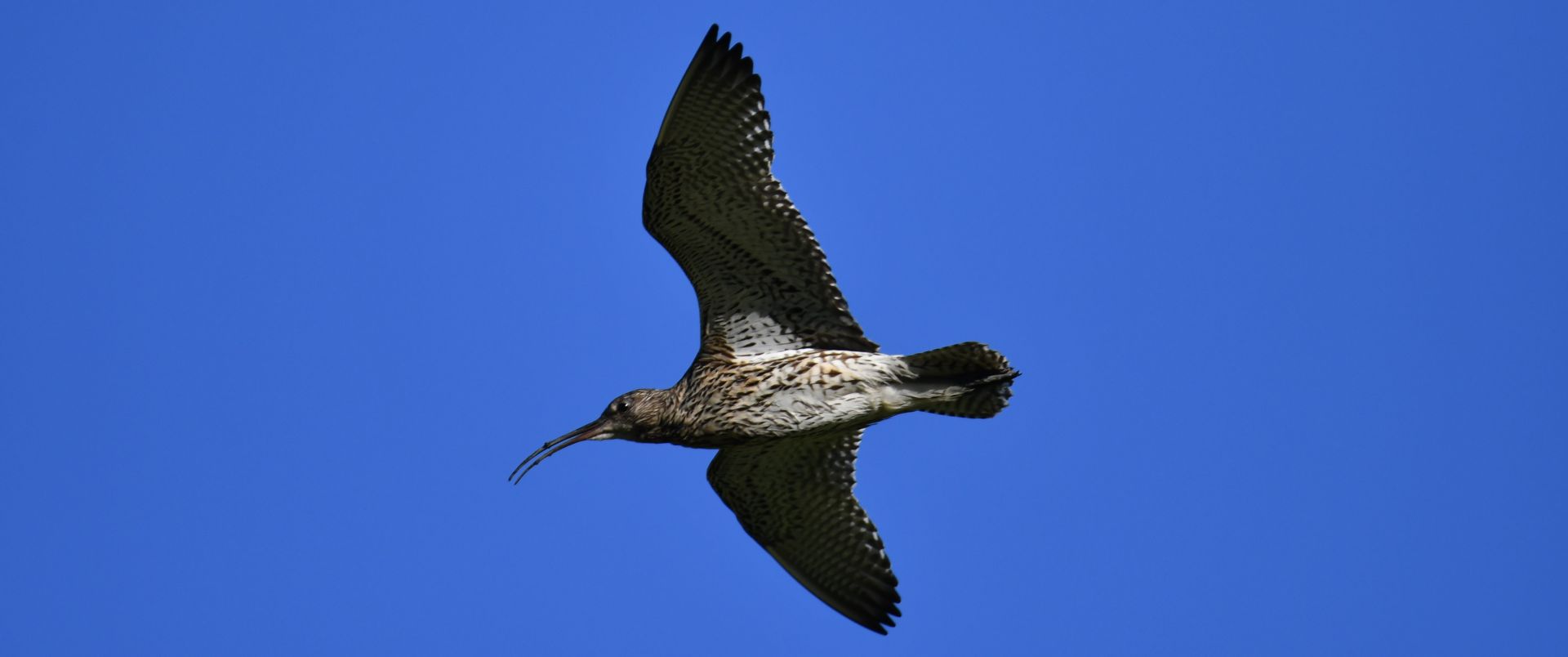
Predator control and habitat management
Critically, the SFS also recognises the need for predator management for recovery of certain species, curlew in particular. The Collaborative landscape-scale activity layer sets out likely areas for future development. The SFS announcement says this could include:
Targeted measures to support the recovery of particular wildlife species, such as creating and establishing nesting and feeding habitat, or predatory controls
In this context, the work of Gylfinir Cymru (the Wales Curlew Recovery Partnership) and the support we have had through the development of the scheme from Deputy First Minister Huw Irranca-Davies, our curlew champion Mark Isherwood MS, and the SFS team in addressing the reasons for the decline in this bird, must be mentioned.
Other areas in the scheme actively consider curlew and other ground-nesting wader species.
Universal action 8 – Hedgerow management – requires farms to:
Maintain or establish at least one hedgerow tree on average per parcel every 50m of hedgerow. There will be areas where it will not be appropriate to do this, for example in areas important for ground nesting birds such as curlew or where hedges are exposed to strong coastal winds
Universal action 10 – Tree and hedgerow planting – says:
Land classed as existing habitats, or designated sites such as Sites of Special Scientific Interest (SSSI,) or land important to priority species such as curlew, may be unsuitable for planting
Universal action 6 – Temporary habitat provision’s guidance on grass cutting – references curlew in its reasoning. This will be excellent also for shoots in supporting wild game:
When managed for a late cut, agriculturally improved grasslands can provide valuable nesting habitat for ground nesting birds, and shelter for other species such as hare. Cutting later in the year allows nesting birds time to complete brooding, and for chicks to fledge. This action is important for birds like curlew, which are threatened with extinction in Wales
From a sustainable shooting perspective, this is an excellent announcement and BASC will continue to liaise with the Welsh Government’s SFS team and support the work of Gylfinir Cymru to create a scheme that delivers for sustainable shooting, nature recovery and, critically, farming.


New research commissioned by BASC shows shooting has substantial benefits for our landscapes at the national scale.
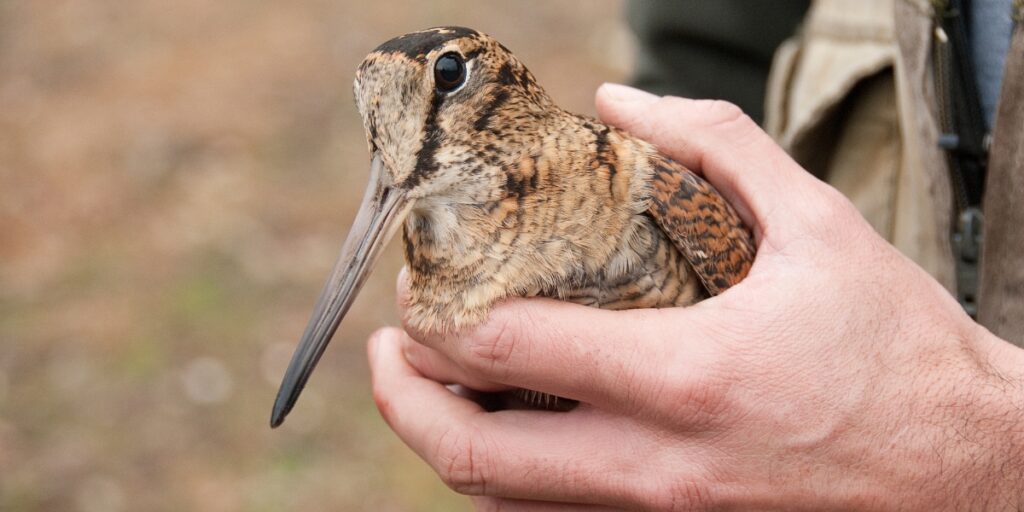
Our study on the voluntary restraint of woodcock hunting highlights the invaluable contributions of shooters to game and wildlife research.
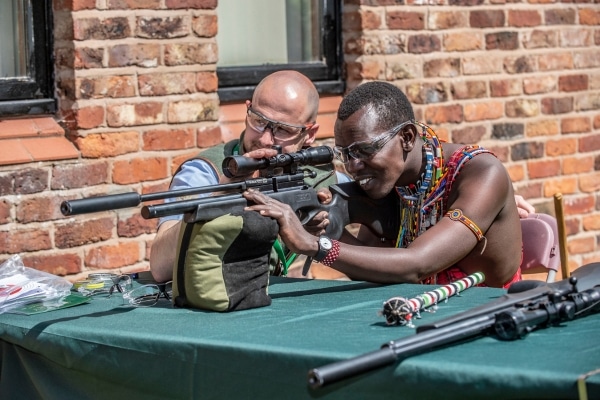
Members of a Maasai tribe swapped the plains of Kenya for the banks of the River Alyn when they visited BASC as part of a cultural exchange.